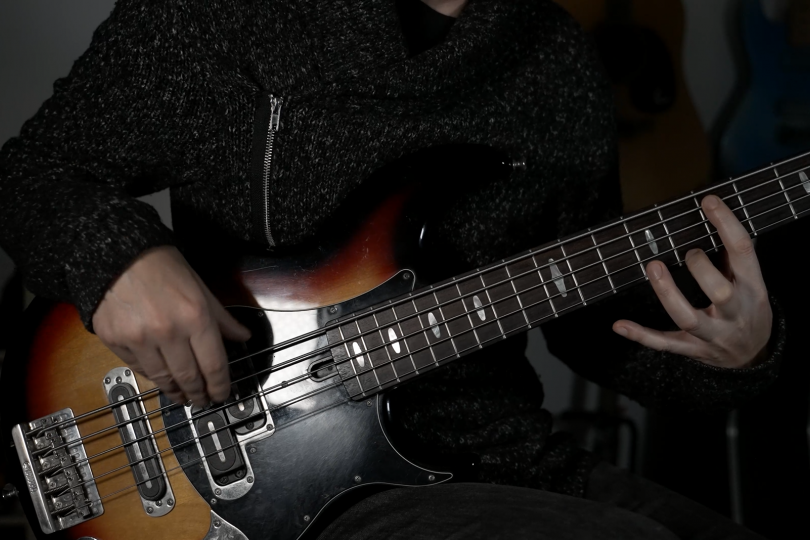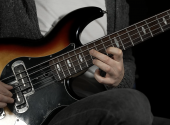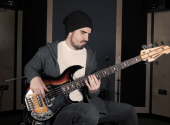
Bass Around the World #10: Ska & 2 Tone Grooves
2 Tone is not a name for a new make-up trend or a wannabe pop artist. It is a music genre that began in the late 1970s in the Coventry area of the UK. Mixing Jamaican ska rhythms and melodies with punk rock's aggressive guitar style and crazy lyrics, 2 Tone had fast tempos, more advanced instrumentation, and overall a harder edge. The name for the genre came from 2 Tone Records, a record label owned by Jerry Dammers of The Specials. Classic ska songs played in 2 Tone style turned the originals into hits again in the United Kingdom.
Madness was one of the most effective bands at bringing the 2 Tone genre into the mainstream. The music of this era resonated with white working class youth and West Indian immigrants who experienced the struggles addressed in the lyrics.
For those of you who do not know Madness—they are a very popular English ska band who have been playing since the turn of the 1970s and 1980s, and who conquered the British charts with their mad and gravel musical mix.
Lesson time
Today, we’ll look at a bass line from the track "House of Fun," one of Madness’s top hits. The bassist was Mark Bedford, nicknamed Bedders, whose creative playing style is a driving engine of the track.
Let's go through the structure of the song: intro, verse 1, chorus 1, instrumental passage, verse 2, chorus 2, crazy solo on keyboards, middle 8, verse 3, and the final chorus 3.
The intro consists of six bars and uses the same two chords D-Am as the verse, with the only difference that in the seventh bar it switches to B and in the eight into A#. In the verse, instead of B and A# you’ve got F7 and E7 in the seventh & eighth bar. A pulsating eight-note bass line uses a lot of chromatic passing notes. It has a peculiar and actually very catchy melody that perfectly corresponds with the vocal line. Pay attention to the efficiency of your fingering for smooth movement over the chromatic lines.
The bass line in the choruses is very efficient, sticking to root notes following the Em-C-E-B7 progression that modulates the tone above to F#m-D7-F#m C#7, with its conclusion on an Em-C-B7 progression.
Make sure to use damping (staccato) technique when playing the quarter notes in the chorus! This is very important for creating space and pulse in the song.
After a frantic keyboard solo, which comes after the second chorus, we get to the new Middle 8 section with a very progressive vibe. You are playing melodic phrases in unison with the guitar in A, then G, using the Lydian scale.
It is always recommended to play along with the original track, not only for your personal entertainment but also for fine-tuning the details of the bass line and groove—try to capture all the nuances of the bass tone and phrasing.
Source: Wikipedia & The Bassist's Bible by Tim Boomer
If you have found an error or typo in the article, please let us know by e-mail info@insounder.org.





